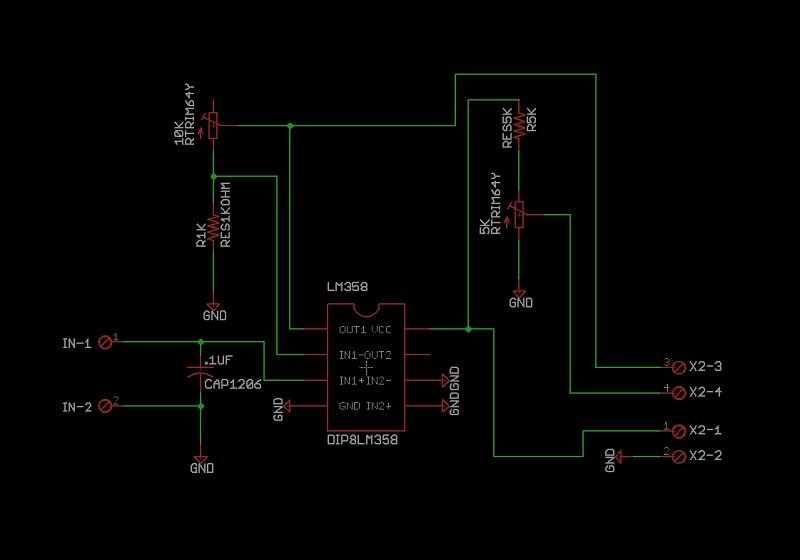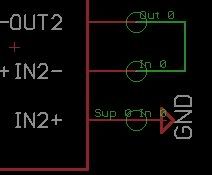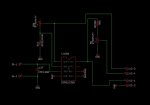djQUAN
0
- Joined
- May 27, 2013
- Messages
- 1,154
- Points
- 63
I think you mixed up IN- and OUT-.
Otherwise, looks good. You can actually get rid of R2 and just short the pins together.
If it were me though, I would just connect the R4 output to the second op amp and take OUT- from the op amp output
Otherwise, looks good. You can actually get rid of R2 and just short the pins together.
If it were me though, I would just connect the R4 output to the second op amp and take OUT- from the op amp output











